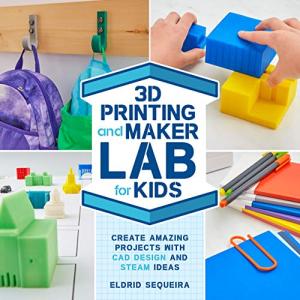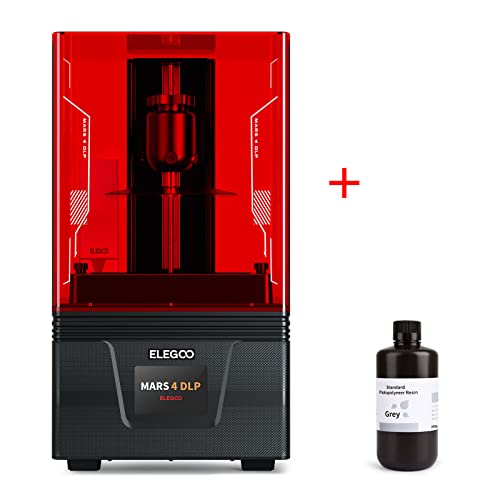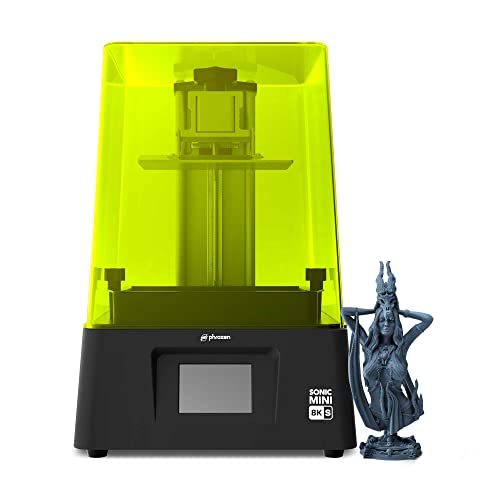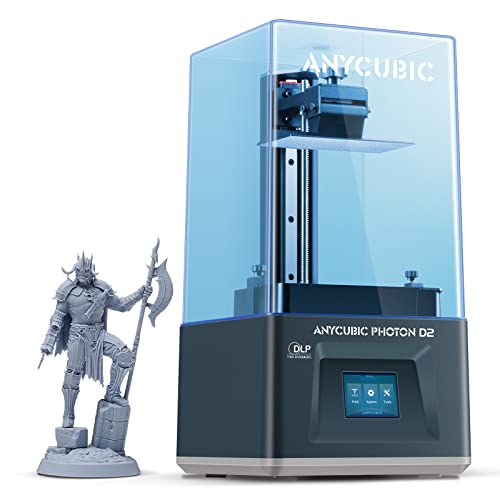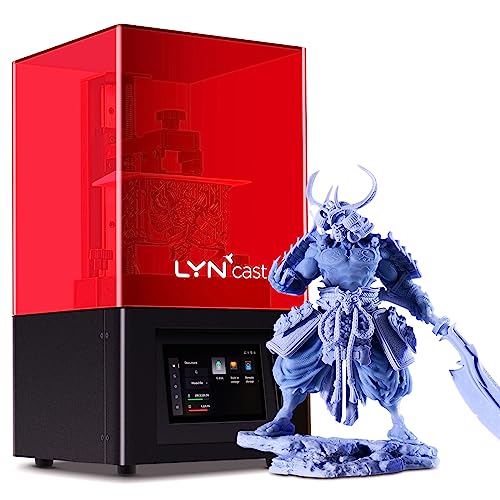3D printing for education is opening up a world of possibilities for students and teachers alike. Imagine walking into a classroom where students aren't just reading about history, but actually printing models of ancient artifacts. This hands-on approach makes learning come alive, sparking curiosity and creativity in ways that traditional methods just can’t match.
One of the biggest benefits of 3D printing in schools is how it promotes problem-solving skills. Students can design and iterate their own projects, learning from failures and successes along the way. It’s not just about hitting “print” and hoping for the best; they dive into the design process, make adjustments, and see their ideas take shape. This is real-world experience that makes learning feel meaningful.
Collaboration gets a boost too. When students work on group projects, they learn to communicate and share ideas. 3D printing for education fosters teamwork, as they brainstorm designs and solve challenges together. It's a fun way to teach important interpersonal skills that students will use throughout their lives.
Plus, 3D printing helps bridge the gap between subjects. Whether it's creating prototypes in science class or designing architecture in art class, students can integrate what they learn across different fields. This interdisciplinary approach creates a richer understanding of concepts and encourages students to think outside of the box.
Lastly, 3D printing cultivates excitement about technology. Students get hands-on experience with tools that are shaping industries today. Learning to use a 3D printer prepares them for future careers in STEM fields and beyond, making them feel empowered to tackle any challenge that comes their way.
Creative Projects to Inspire Learning
3D printing for education is a fantastic way to spark creativity in students. It lets them turn their ideas into tangible objects. Imagine a classroom where kids design and print their own prototypes or models. This hands-on experience can transform how they learn.
One cool project is creating models of historical landmarks. Students can research a famous building, then design and print a mini version. This not only teaches them about history but also taps into design skills. Plus, they gain a sense of accomplishment when they see their finished project.
Another idea is working on a science project involving ecosystems. Students can model different habitats with 3D-printed plants and animals. They’ll learn about biology while having a blast with their designs. This kind of project engages their imagination and helps them grasp complex concepts.
Teamwork also shines with 3D printing for education. Group projects encourage collaboration. Students can divide roles—some design, others focus on printing. This builds communication skills and teaches them how to work together to achieve a common goal.
With 3D printing, the classroom is a place of invention. Students don’t just memorize facts; they create and innovate. These projects can be tailored to any subject, making learning exciting and relevant. So, let the creativity flow and watch your students thrive!
Creality K2 Plus Combo 3D Printer with Multicolor Printing
Bring your imagination to life with vibrant multicolor prints and user-friendly features in the Creality K2 Plus Combo
Product information
$1,499.00
Product Review Score
4.41 out of 5 stars
15 reviewsProduct links
Hands on Experience with 3D Design
Getting hands-on with 3D design is a blast, especially when tied into 3D printing for education. Imagine students sketching their ideas and then transforming those sketches into real, tangible objects. It’s like magic but backed by some nifty tech. Students get to express their creativity and see their designs come to life right before their eyes.
Many schools are starting to incorporate 3D design software, which is user-friendly and perfect for beginners. Kids can pick up the basics quickly and have fun while doing it. Programs like Tinkercad or SketchUp allow students to experiment with shapes and structures, making learning fun and engaging. Educators can tie these lessons into subjects like math, science, and art, blending creativity with core learning.
After the design phase, it's time to fire up the 3D printer. Watching the printer work its magic, layer by layer, is exciting. Students learn how to troubleshoot issues, understand the importance of precision, and discover how digital designs translate into physical objects. This hands-on experience goes beyond the classroom, opening up pathways to future careers in tech, engineering, and design.
Plus, it fosters teamwork! Students often collaborate on projects, sharing ideas and bringing multiple perspectives to the table. They learn to communicate their thoughts clearly and work together to solve problems, skills that are super important no matter where life takes them. 3D printing for education isn’t just about making cool things; it’s about building a strong foundation for the future.
3D Printing Maker Lab: Fun Projects for Kids
Unleash creativity and watch your kids bring their ideas to life with exciting 3D printing projects
Product information
$24.99 $13.18
Product Review Score
4.69 out of 5 stars
106 reviewsProduct links
Tools for Teachers and Students Together
3D printing for education really brings excitement into the classroom. Teachers can use this technology for hands-on projects that get students actively involved. Imagine your students designing their own models, from historical artifacts to scientific tools. They’re not just learning from a textbook; they’re creating their own learning materials.
With 3D printing, collaboration between teachers and students becomes easy. Teachers can introduce concepts in a fun way, while students get to apply what they’ve learned. Using tools like Tinkercad or SketchUp, students can design their projects and see them come to life. This is not just beneficial for creative subjects but also helps with math and science skills.
Having a 3D printer in the classroom encourages problem-solving and critical thinking. When students design projects, they learn to troubleshoot and refine their ideas. Plus, it’s a great way for them to develop technical skills that are becoming essential in many careers. Teachers can even assign group projects that require teamwork, making learning even more interactive.
3D printing for education isn’t just a trend; it’s a game-changer. Schools can incorporate it into their curricula across subjects, meaning the possibilities are endless. Whether for art, engineering, or even social studies, 3D printing is a hands-on tool that gets students excited to learn and create.

